You should start by trying to localize the problem to either your TV or your router, then you can follow the appropriate troubleshooting steps for each, which are detailed below.
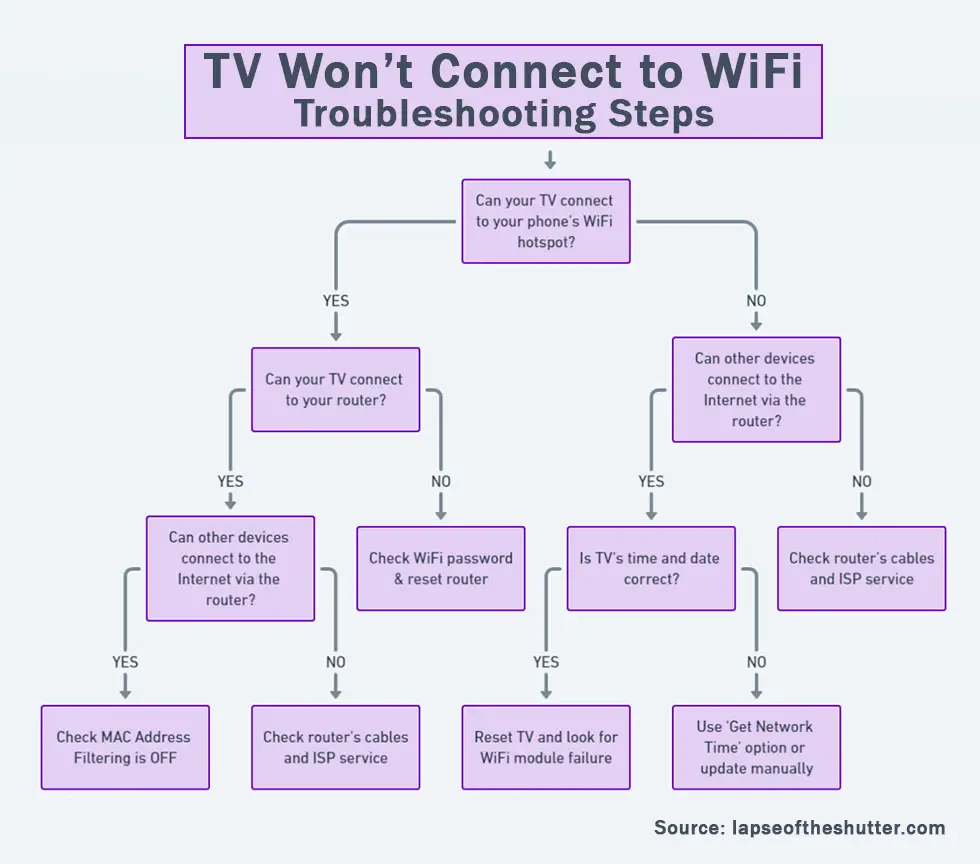
You can jump to the relevant steps in this guide, but I would recommend running through the steps in order to cover every base.
Determine If The Problem is Your TV or Router
To help localize the problem to either your TV or your router, try setting up a hotspot on your phone and then connecting your TV to it.
Hotspots can be set up on iPhones from Personal Hotspot, and on Android from Settings -> Network and Internet -> Hotspot and Tethering.
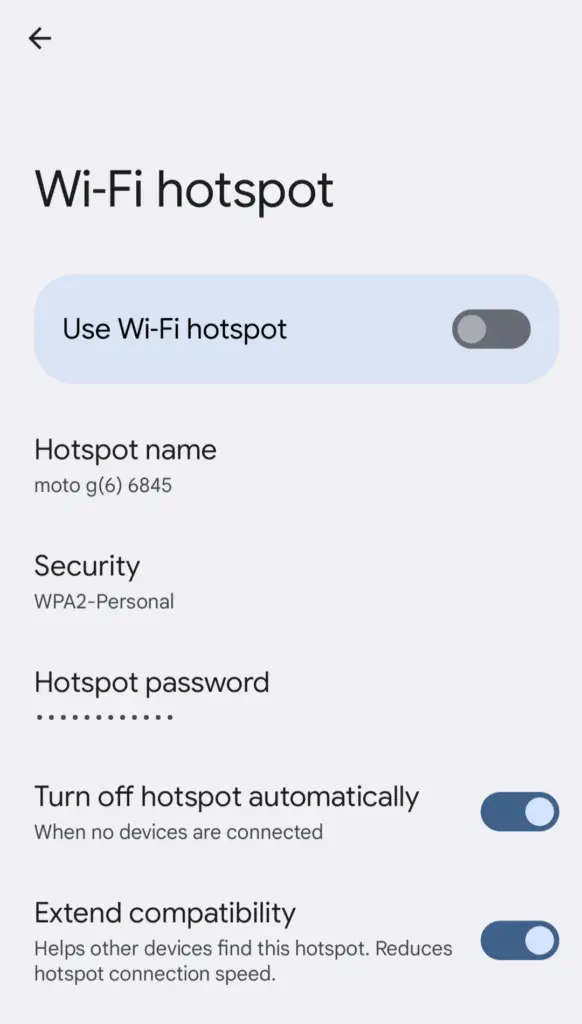
- If your TV connects to your phone hotspot and can access the Internet through your phone, then you can assume that you have a problem with your router.
- If your TV will not connect to your hotspot, you have either a software issue with your TV or a hardware problem with the Wi-Fi card in your TV.
Depending on the results of the above test, you can then follow the router troubleshooting steps or TV troubleshooting steps as below. Check out the overview, then the detailed steps follow this.
Router Troubleshooting Steps Overview
| Cause | Explanation |
|---|---|
| Incorrect Password | Double-check that the password for your router has been entered correctly on your TV and/or it hasn’t recently been changed by other members of your household. |
| MAC Address Filtering | Every router can filter which devices are allowed to connect to the Internet through their MAC addresses. If you have MAC address filtering on, your TV will connect to your router but will not get an active Internet connection. |
| Poor Signal | RF interference or too many devices on your WiFi network can prevent a solid connection. |
| Router Software Glitch | Try soft resetting your router and if that doesn’t help, then hard reset it. |
TV Troubleshooting Steps Overview
| Cause | Explanation |
|---|---|
| Software Glitch | If you have a newer model of TV like the Neo QLEDs or similar, then WiFi connection problems can potentially be resolved by power cycling. |
| IP/DNS Conflict | If your TV is set to pull a manual IP/DNS, it can fail to be assigned an IP depending if the address range is outside one that your router provides. In this case, your TV may or may not connect to your phone’s hotspot. |
| Old Firmware | Constant disconnection problems might be resolved by updating firmware, if available. |
| 2.4GHz/5GHz Bandwidth Issues | Even relatively recent TVs (2018 models) might not be able to connect to 5GHz WiFi and/or the bandwidth you are broadcasting on might have high levels of interference. |
| Incorrect Time/Date | IP addresses acquired by DHCP typically expire 24 hours – 1 week after assigning. If your TV’s date is outside this range, it can cause it to reject the IP address offered by your router/your router allow the connection. |
| WiFi Module Failure | If you have ruled out all software issues and potential router problems, then you are left with a WiFi module failure. Open up your TV and checks its connections are firmly seated first, then replace if necessary. |
What To Do If Your Samsung TV Won’t Connect to WiFi
For a quick overview of the steps needed to fix your TV/router, you can take a look at my video below, with the full details for each step following on below.
How to Fix Router WiFi Problems
1. Make Sure Your WiFi Password is Correct
If your WiFi will not connect at all on your TV, this could be a sign that the password you are entering is incorrect, or the WPS setup failed.
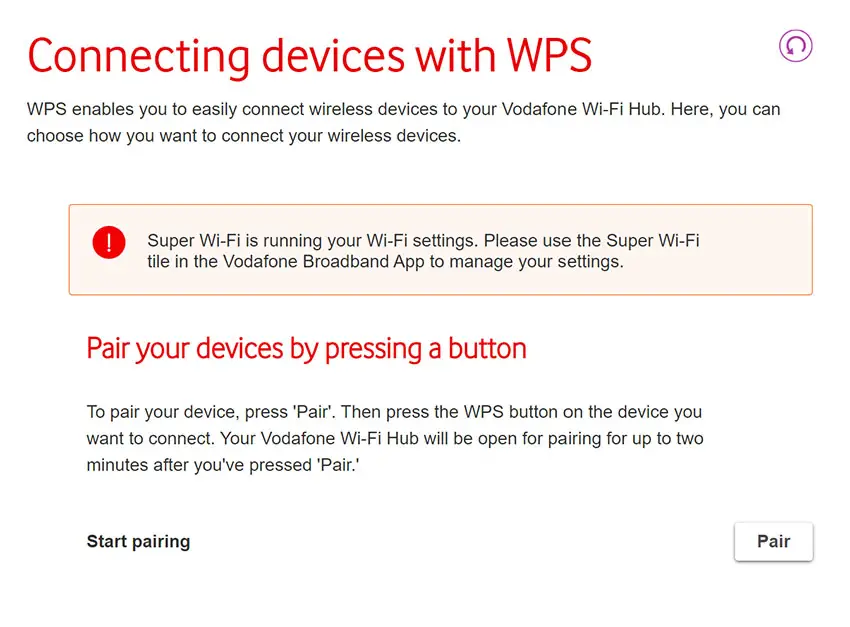
2. Check Your Router is Not Set for MAC Address Filtering
MAC address filtering allows you to specify which devices are allowed to connect to the Internet using their unique MAC addresses, which every Internet-capable device has.
So if you do have a connection to your router from your TV, but your TV has no Internet connection, then login to your router by typing the Admin IP address into your phone’s or computer’s browser. This is listed on a label on your router (usually 192.168.1.1 or similar), along with the admin login info.
Go to Advanced or Expert Settings and find MAC Filtering. Make sure this is turned off.
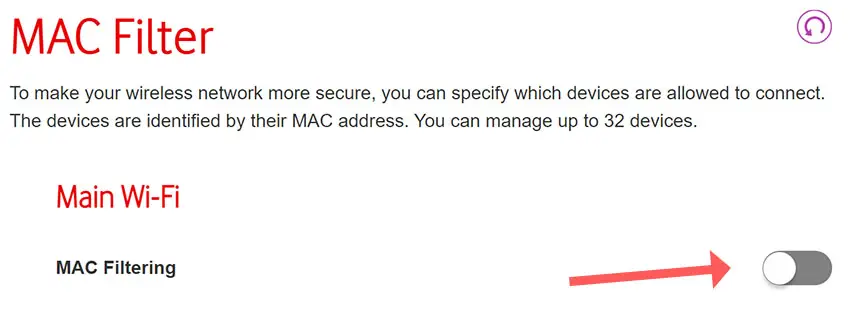
3. Possible WiFi Interference / Too Many Devices
If your Samsung TV is not detecting your home WiFi signal at all, then you need to make sure that your router is switched on and working properly, and that there is no interference or blocking of the WiFi signal between your router and TV.
4. Switch Your TV / Router Between 2.4GHz + 5GHz
Check the user manual for your specific TV to see which bandwidths it supports, but as an example, even some Samsung TVs from as late as 2018 (the NU prefixed models) only support 2.4GHz, meaning that if your router is only broadcasting a 5GHz signal, your TV cannot connect to it.
Login to your router’s landing page, usually found by typing 192.168.1.1 or 192.168.1.0 into a browser on your phone or computer (the exact IP will be on a label on your router).
Find the login info on your router’s label, and take a look at the overview page to see whether your TV is connecting on 2.4GHz or 5GHz.
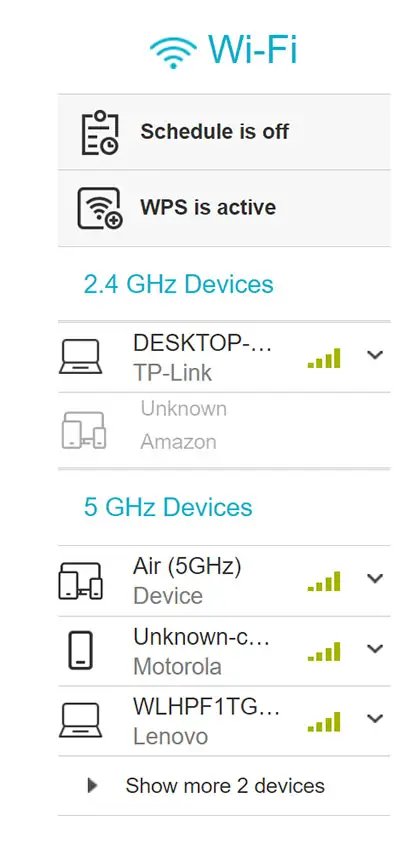
If it is connecting on the 5GHz channel, try changing the settings in your TV’s Network Status page to connect only on 2.4GHz.
You can also update the channel frequencies in the router itself, usually found under Expert Settings or Advanced Settings, changing these values and retesting your TV’s Wi-Fi connection to see if they make any difference.
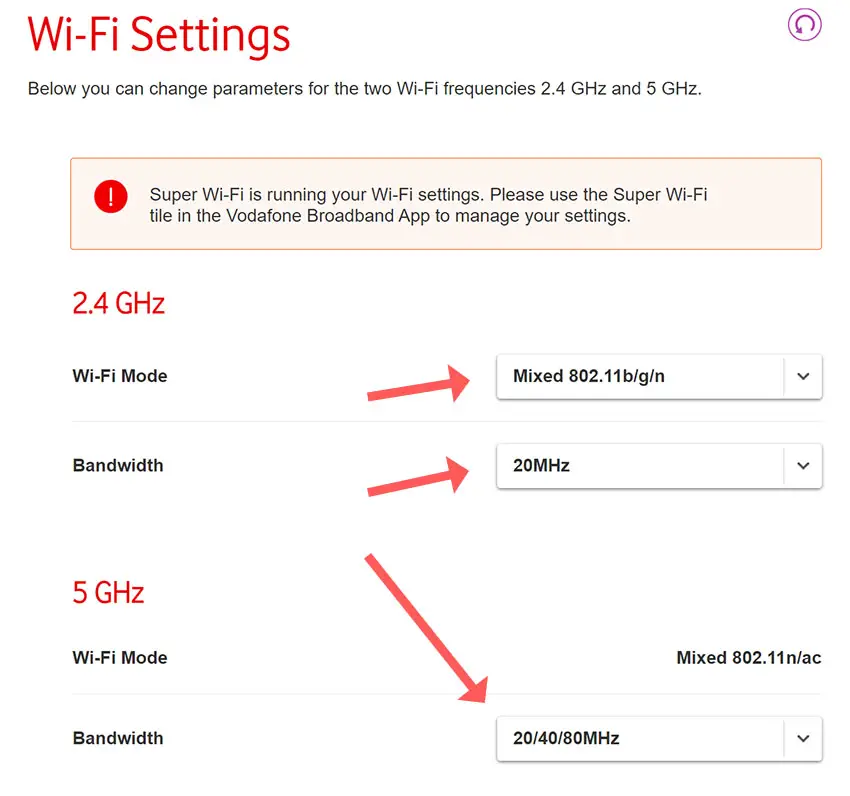
5. Reset Your Router
You can first try a soft reset of your router – unplugging it for 30 seconds – to see if that fixes your issue.
If not, try a hard reset of your router by pressing a paperclip or similar into the small reset hole usually found on the back of your router.
You will need to hold the paperclip on the reset button for at least ten seconds to be sure your router is fully reset.
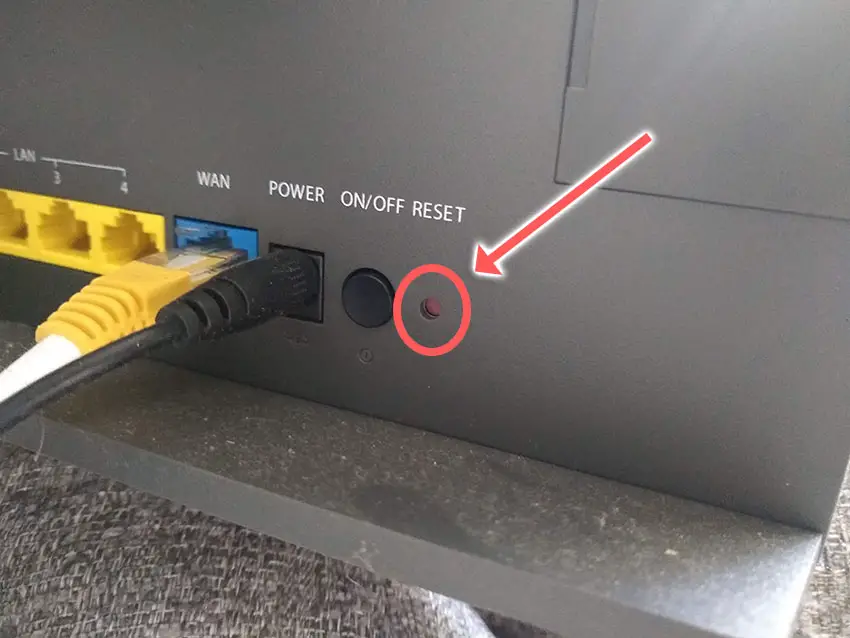
How to Fix Samsung TV WiFi Problems
1. Reset Your WiFi on Your Samsung TV
Power cycling or cold booting your TV will clear out any issues with non-permanent memory and reset your main board and WiFi without losing your personal settings.
To cold boot a Samsung TV:
- Plug your TV in and switch it on.
- Pull the plug out of the wall socket.
- Wait a full 10 seconds.
- Plug your TV back in and try switching it on. You should see a red light if you have been successful.
You can also power cycle your Samsung TV if this hasn’t been successful.
- Switch off and unplug your TV.
- Hold down the physical power button on the TV for at least 15 seconds.
- Wait for at least 30 minutes for any residual power to drain from the TV’s capacitors (which are capable of storing charge for several minutes).
- Plug your TV back in and try switching it on.
- It’s a good idea to try this a couple more times if it doesn’t work at first, as this can sometimes take a few goes to kick in.
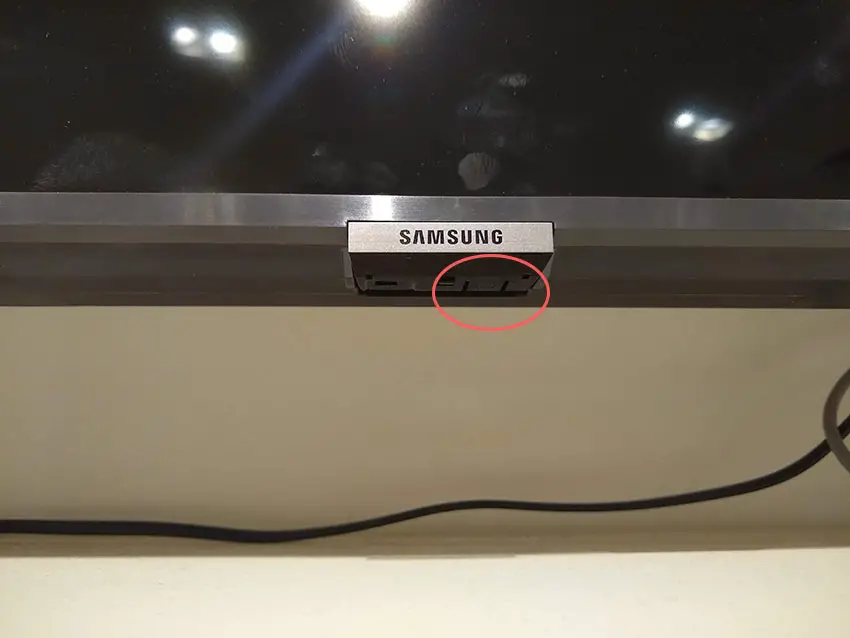
Make sure you do wait for the full 30 minutes before plugging your TV back in – you would be surprised how long the components within your TV can hold a charge, and you want to make sure it has fully reset.
2. WiFi Not Working on Samsung TV but Working on Other Devices
In most cases, your TV should be set up to automatically select an IP address from your router, and usually also automatically pulls a DNS address, which is used to resolve IP addresses that your TV connects to, creating the URL that you see in the address bar.
But it’s possible that IP address lookup might have been set to Manual, and your DNS settings might be conflicting between your TV and WiFi router.
To fix this, press Settings on your remote, then go to General -> Network -> Network Status -> IP Settings.
The IP Setting option should be set to Get automatically. If not, you need to change it to this.
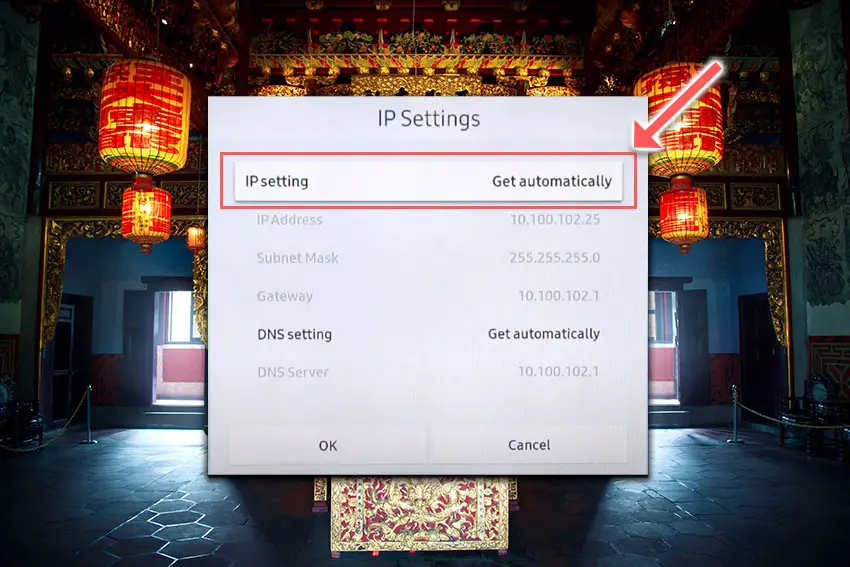
DNS Setting will likely also be set to Get automatically. You should change this to Enter manually and use the DNS server 8.8.8.8, which is one of Google’s DNS servers that we know definitely works.
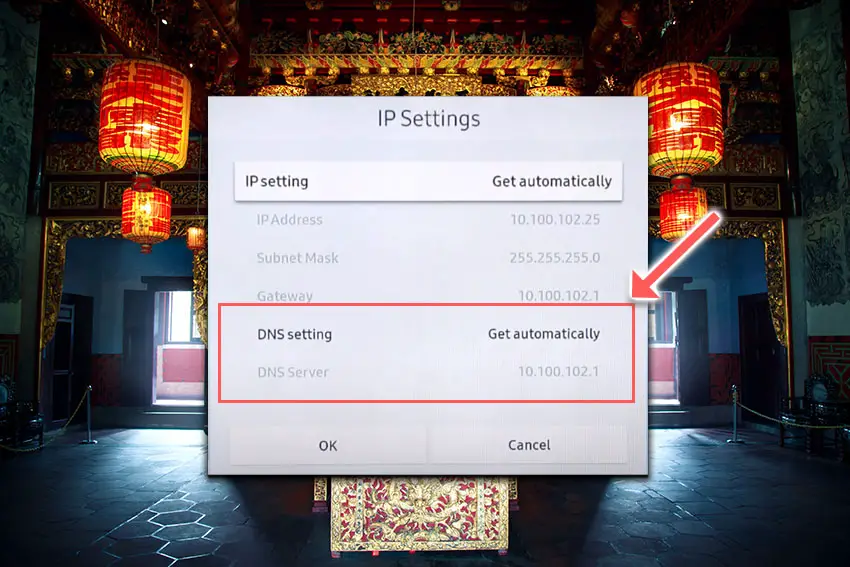
3. Update Your TV’s Firmware
To check that auto-updating is on for firmware/software on your Samsung TV:
- Press the Menu or Home button on your remote and go to Settings.
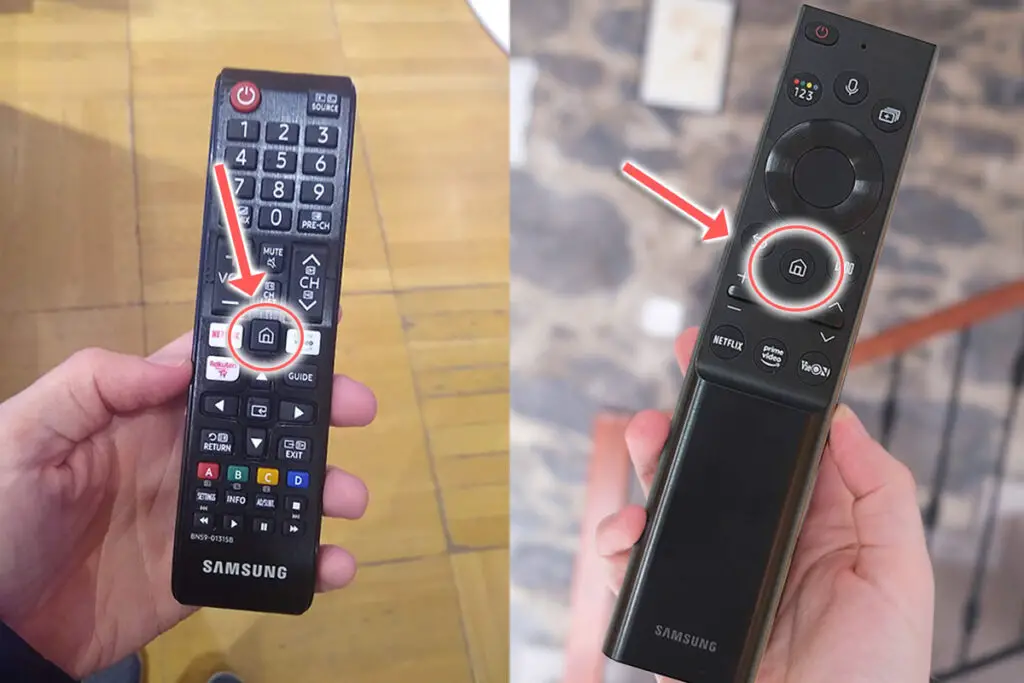
- Click Support.
- Then Software Update.
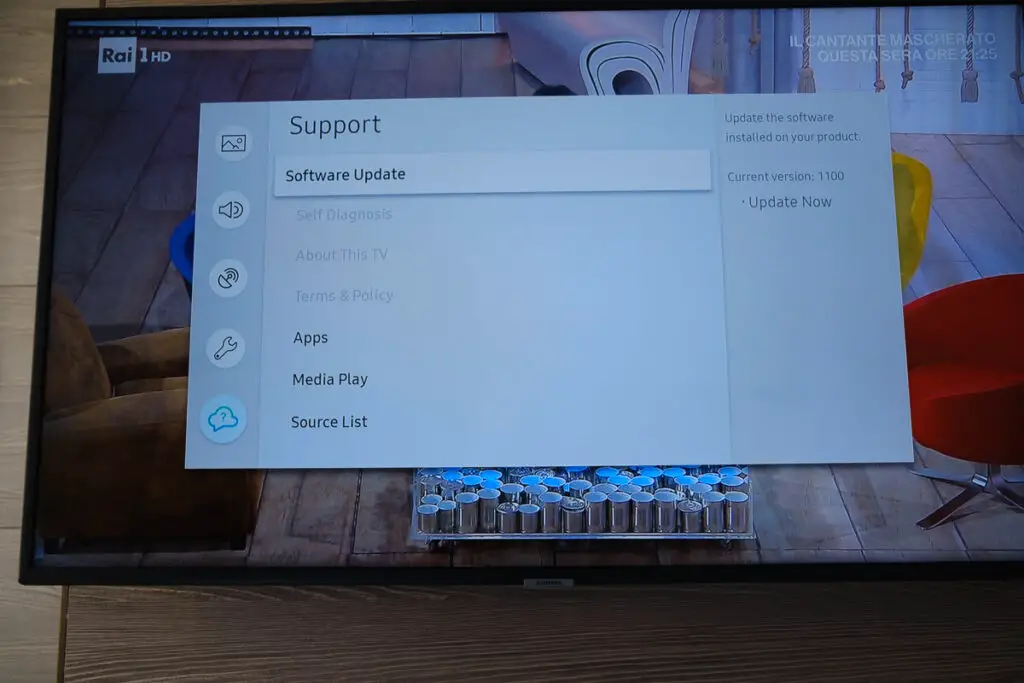
- Agree to any terms and conditions that may pop up, then switch on Auto Update.
For older Samsung TVs, you’ll need to update the firmware by USB. To do this:
- Press the Menu or Home button on your remote and go to Settings.
- Go to Support.
- Then Contact Samsung or About This TV.
- Take note of the Model Code and Software Version currently installed.
- Go to Samsung’s Support site and enter your model number.
- Select Manuals & Downloads and look for the newest firmware version.
- If this Firmware Version is later than the version you noted was installed on your TV, then download it, along with the Firmware Update User Manual which will give you full instructions on how to install your update.
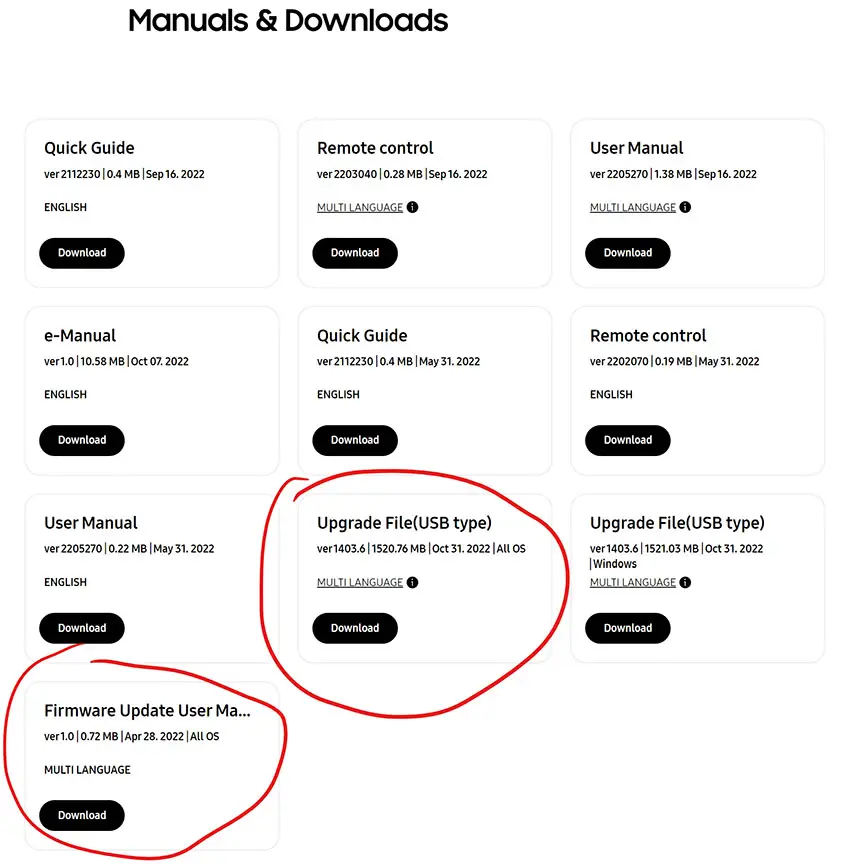
4. Try the Reset Network Option
Within your Samsung TV settings menu, there is the option to reset any connected networks.
This lets you reinstate the network connection manually and will fix any problems caused by an initial bad connection.
To reset your network, press the Settings button or Menu on your remote, depending on the model, and open the on-screen Settings menu.
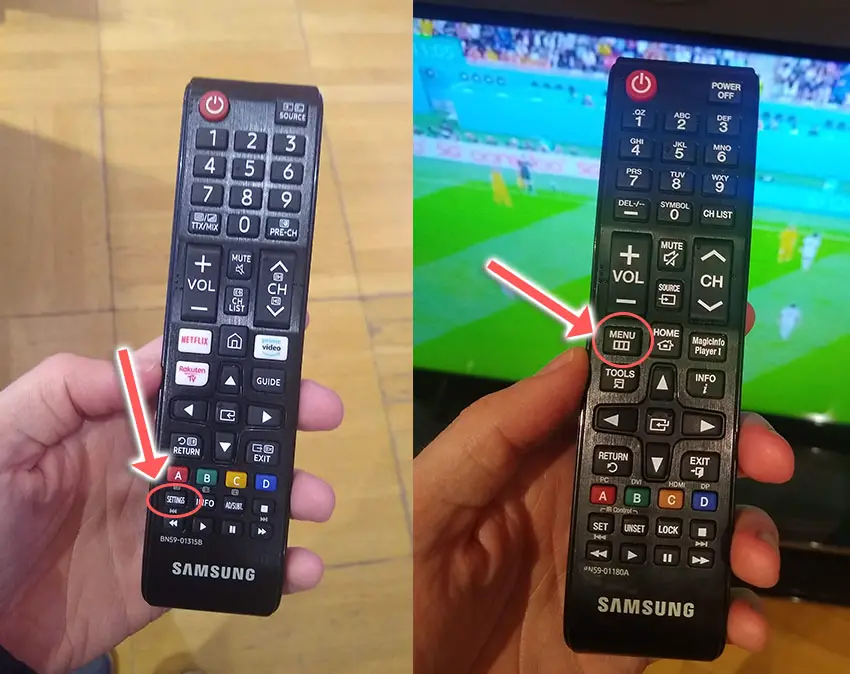
Then go to General -> Network -> Reset Network. Continue through the warnings and after the network has been reset, try reconnecting using the WiFi login info on your router.
5. Check Your TV’s Time and Date
IP addresses assigned automatically over DHCP have a lease expiration time attached.
This time is typically 24 hours – 1 week, and after this time is up, the router reclaims the IP address and either assigns a new one to your TV or re-leases the old one.
Go into the Settings for your TV and manually update the date and time to today if it is not already showing this.
6. Factory Reset Your Samsung TV
To factory reset a Samsung Smart TV:
- Press the Menu or Home button on your remote and go to Settings.
- Then General & Privacy.
- And Reset.
- Enter your PIN, which by default is 0000 (four zeroes) for Samsung.
- Then select one final Reset in the popup.
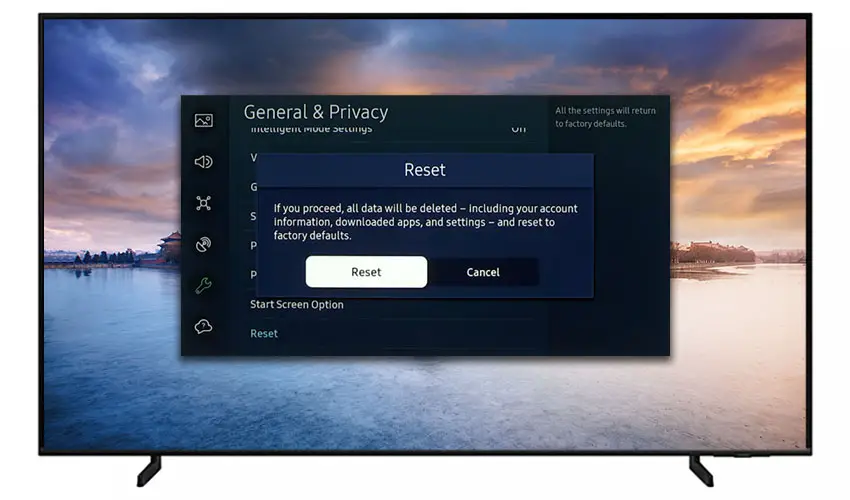
Samsung has provided a video of these steps in the video below.
If you don’t have your remote, then you can get to the same menu items by using the physical Menu button that is most likely underneath your Samsung TV’s logo, next to the Power button.
Press this and use the Volume + and – or Channel + and – depending on the model to follow the steps above.
7. Use an Ethernet Cable
Finally, if you are still unable to get the WiFi working on your TV, you might have to resort to using an Ethernet cable.
8. Replace the WiFi Module
Take a look at the video below for a step-by-step guide to do this. You will need to open up your TV which will invalidate its warranty, so this is really only a solution for TVs that are over one year old.
Samsung TV WiFi Issues Troubleshooting
If you’re seeing specific issues with your Samsung TV WiFi, then take a look at these troubleshooting steps for individual problems below.
How to Connect Samsung TV to WiFi Without Remote
If you’ve lost your remote or it doesn’t work, then you can use the SmartThings app by Samsung.
How to Connect Samsung TV to Wired Internet
To connect your Samsung TV to wired Internet, simply plug an Ethernet cable into your router and into the Ethernet port on your TV.
If your TV does not have an Ethernet port, then you cannot connect it to a wired Internet connection.
Samsung TV Not Connecting to WiFi: Error Code 107
The easiest way to fix this is to reset your network connection by pressing Settings on your remote, then going to General -> Network -> Reset Network.
If you keep getting this error, then there could be a software issue with your TV. Try the steps above to fix your WiFi connection and if that doesn’t work, then Samsung support should be able to offer further advice.
Samsung TV Wireless Connection Failed
If your Samsung TV wireless connection has failed, or you see Samsung TV IP auto setting failed errors, then you can fix this by setting the IP address of your TV to automatic discovery.
Press Settings on your remote, then go to General -> Network -> Network Status -> IP Settings.
The IP Setting option should be set to Get automatically. If not, you need to change it to this.
You should also change DNS Settings to Enter manually and use the DNS server 8.8.8.8.
How to Connect Old Samsung TV to WiFi
The most common adapters to use are Firesticks, Chromecast, or Roku streaming sticks.
Plug one of these into your TV’s HDMI port, with the power cable plugged into the TV’s USB port, then follow the on-screen instructions for your streaming stick to connect to WiFi.
How to Connect Samsung TV to WiFi That Requires Login
If you are trying to connect your Samsung TV to WiFi that requires login, such as a hotel WiFi network with a separate splash screen, then you either have to bypass WiFi by using an Ethernet cable, or try using your phone as a hotspot.
Connect your phone to the hotel WiFi as normal, logging in via the splash screen, then set your phone to hotspot mode and connect your TV to your phone.
Samsung Smart TV Keeps Losing Internet Connection
If your Samsung Smart TV keeps losing Internet connection, then check the distance between your router and TV, and look for any potential signs of interference, such as an unshielded microwave nearby.
You can also try using a phone connected to the same WiFi network, placing it by your TV, and seeing if that loses connection at the same time as the TV. If not, then try the troubleshooting steps above for a faulty WiFi connection.
Samsung TV Connected to Internet But Apps Not Working
If your Samsung TV is connected to the Internet but your Apps are not working, try power cycling your TV to reset it, then look for any firmware updates, followed by reinstalling any non-working apps before finally resetting your Samsung Smart Hub.
Do this through Settings -> Support -> Self Diagnosis -> Reset Smart Hub.
Samsung TV Support and Warranty
You can check your current warranty status at Samsung’s warranty site.
Unfortunately, warranties typically only last a year unless you have already paid to extend it.
Because WiFi problems can occur at any time, if your TV is under one year old, return your TV under warranty and get it fixed.
You can also try to contact Samsung support directly to see if they can offer any help.
You can use the Samsung support site to help diagnose your problem, but if you are at this stage, then you are better off calling them directly at:
- 1-800-SAMSUNG (726-7864)
They are in the office 7 am – 12 am EST, 7 days a week, but their automated chatbot is available on their site 24/7.
Even if Samsung won’t fix your TV, they might still offer you a discount on a future model if you pester them hard enough! Always worth a try!
WiFi Troubleshooting Quick Tips
- Use your phone’s hotspot to localize the WiFi connection problem to either your TV or router.
- If your Samsung TV won’t connect to WiFi, then check the DHCP IP address is set to obtain automatically and that your TV’s date and time are correct.
- If the problem is with your router, check MAC address filtering is off and that it is broadcasting an appropriate 2.4GHz/5GHz signal.
- The most common cause of WiFi connection problems on Samsung TVs are software-related, or failures of the WiFi module.
Hopefully, you’ve now got your TV’s WiFi back up and running. If not, leave me a comment and I’ll see what more I can do to help.
Read More:

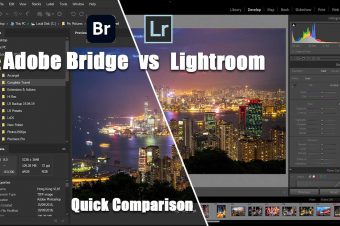

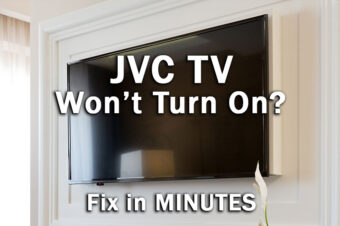


4 Responses
Cinema HD V2
I just wanted to express my sincere gratitude for this helpful article! I’ve been struggling with my Samsung TV’s Wi-Fi connectivity for the longest time, but thanks to your step-by-step instructions and troubleshooting tips, I finally managed to resolve the issue. Your clear and concise explanations made the whole process so much easier to follow. I’m truly impressed with the wealth of knowledge and expertise showcased on this website. Keep up the fantastic work, it’s much appreciated! Thanks again, CinemaHDV2.
Tim Daniels
Thanks, I’m glad you found it helpful.
Urfi
I have been already done all steps but my issue not resolved
Tim Daniels
Have you checked your WiFi module? If so, the only explanation left is a problem with the main board.